Introduction
What Color Are Rats: Rats, often regarded as pests in many parts of the world, are intriguing creatures with a surprising diversity in their physical characteristics, including their colors. Their coloration can vary significantly depending on their species, genetics, and environmental factors. Rats belong to the Rodentia order and are known for their adaptability and prolific breeding. They are found in various habitats, from urban environments to forests, and have adapted to thrive in diverse conditions. As a result, their coloration has evolved to suit their surroundings and serve various purposes. One of the most common rat species is the brown rat, also known as the Norway rats sound. Brown rats typically live in urban areas and are well-known for their brownish-gray fur, which excellent camouflage in cityscapes.
This coloration helps them blend into concrete and asphalt environments, making them less conspicuous to potential predators and humans alike. On the other hand, the black rat, or roof rat, tends to have a darker, sleeker appearance, with fur that can range from black to dark gray. These rats are often found in more tropical and subtropical regions, and their darker coloration may help them regulate their body temperature in warmer climates. But the world of rat colors is not limited to these two common species. There are numerous other rat species and subspecies, each with its own unique color variations.
Rats can display a range of colors due to genetic mutations. These variations can include albino rats with white fur and pink eyes, agouti rats with banded fur, and even hairless rats that lack a traditional fur coat altogether. Genetic factors, environmental conditions can also influence a rat’s color. Diet, temperature, and exposure to sunlight can impact the intensity and shade of their fur. These variables make the study of rat coloration a fascinating subject within the field of biology and genetics. Whether you are a rat enthusiast, a curious observer, or simply looking to learn more about these creatures that share our urban spaces, the colors of rats offer a captivating glimpse into the wonders of the natural world.
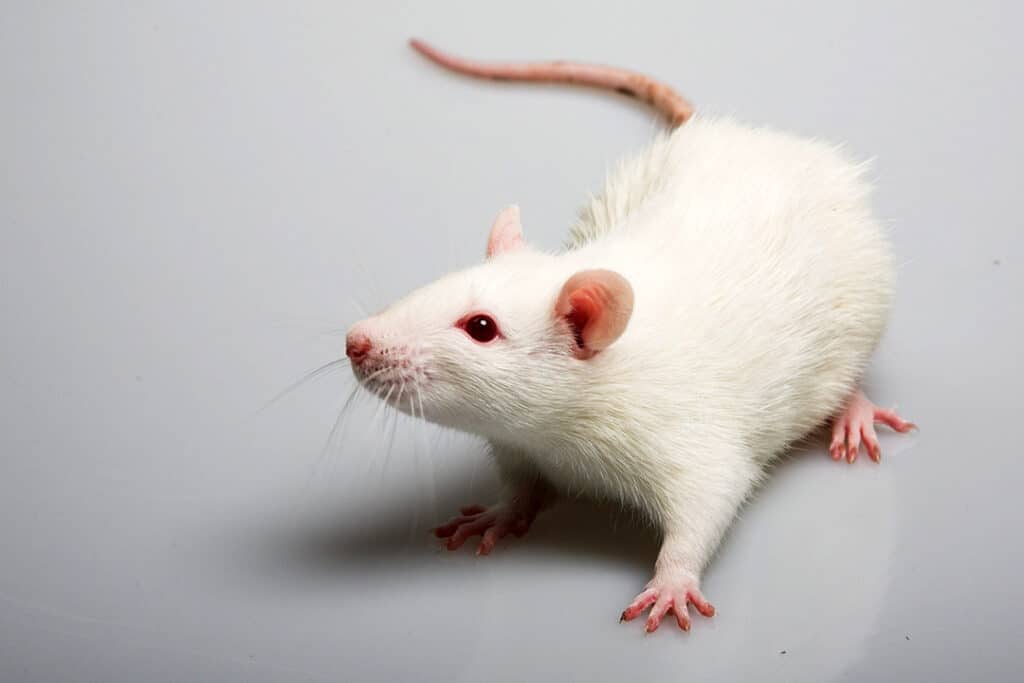
What Colour are wild rats?
There are many different types and can come in a variety of colours; unlike wild rats, which are mostly brown or grey for camouflage. Pet rats are often larger in size than their wild counterparts, due to differences in food and exercise.
Brown rats, also referred to as Norway rats, are among the most common wild rats found in urban and rural areas worldwide. They typically display a brownish-gray fur, them with excellent camouflage amidst human-made structures such as buildings and sidewalks. This coloration aids their survival by making them less conspicuous to potential predators and allowing them to scavenge for food in a variety of environments.
Black rats, or roof rats, are another well-known species of wild rats. They often exhibit a sleeker appearance than brown rats, with fur that can range from black to dark gray. These rats are commonly found in tropical and subtropical regions, and their dark coloration may assist in thermoregulation, helping them withstand warmer climates.
Agouti rats, which include the African giant pouched rat (Cricetomys spp.), often have fur with a banded or grizzled appearance. Their sandy or reddish-brown fur helps them blend into their natural habitats, which can include savannas and grasslands. This type of coloration aids in both camouflage and temperature regulation.
What color are mice and rats?
Color: Rats are typically brown or black in color, while mice are typically gray or brown. Behavior: Rats are more social and tend to live in large groups, while mice are more solitary and tend to live alone or in small groups.
House Mouse: The most common species of mouse found worldwide, the house mouse, typically displays a grayish-brown fur color. However, variations in their coat can include lighter or darker shades, depending on the specific subpopulation and geographic location. Some house mice may exhibit a slight reddish or yellowish tint.
Field Mouse: Field mice encompass several species and subspecies with varying fur colors. They often have a brownish or grayish hue that helps them blend into their natural habitats, such as fields and grasslands. Like house mice, field mice can also exhibit some variability in fur color.
Deer Mouse: Deer mice are known for their striking bi-coloration, featuring a sharp division between their darker upper coat and their white or pale gray underbelly. This coloration aids in their concealment from predators, as they often inhabit wooded areas.
Harvest Mouse: Harvest mice, known for their diminutive size, possess a distinct reddish-brown or golden-brown fur, making them well-suited to their grassy and reed-filled habitats.
Is it a mouse or a rat?
A mature mouse can be distinguished from a young rat by its larger ears and longer tail compared to its body length than the rat. A young rat also has distinctly larger feet and head compared to the body than a mouse. Mice are usually light grey or brown in colour with a lighter shade on their bellies.
Activity Level: Mice are known for their quick and agile movements, making them appear more jittery and nervous compared to rats. Rats tend to move with more deliberate, purposeful motions.
Nesting Habits: Mice construct nests from materials like paper and fabric in hidden, sheltered areas. Rats, on the other hand, create more substantial nests often in burrows or secluded spaces.
Living Environments: Mice are highly adaptable and can thrive in a variety of environments, including homes, fields, and forests. Rats are equally adaptable but are often associated with urban areas, sewers, and larger burrows.
Tolerance to Cold: Mice are less tolerant of cold temperatures and are more likely to seek shelter indoors during the winter. Rats, being hardier, can endure colder conditions for longer periods outdoors.
Are brown rats harmful?
Brown Rats carry many nasty diseases which they can spread to humans, normally through their urine. including; Leptospirosis or Weil’s disease, Salmonella, Listeria, Toxoplasma gondii and Hantavirus. Brown Rats can inflict a great amount of structural damage.
Brown rats can carry a variety of diseases that can be transmitted to humans directly or indirectly. Some of these diseases include leptospirosis, hantavirus, and rat-bite fever. These diseases can be contracted through contact with rat urine, feces, or bites.
Brown rats are notorious for invading homes, businesses, and agricultural settings. They can gnaw through packaging to access food, contaminate stored goods with their droppings and urine, and damage property by chewing on wiring and insulation. Their presence can lead to significant economic losses.
In agricultural areas, brown rats can be a major threat to crops such as grains, fruits, and vegetables. They consume and spoil large quantities of food, impacting both crop yields and the quality of produce.
Brown rats often outcompete native rodent species for resources, leading to declines in the populations of indigenous rodents. This competition can have cascading effects on local ecosystems.
What color are house rats?
Color: They are brown with black mixed in, or sometimes gray to black on top with white and a gray or black underside. Characteristics: Roof rats have soft and smooth fur, a pointed muzzle with large eyes and large, almost naked ears that can be pulled over the eyes.
Brownish-Gray Fur: The fur of house rats is primarily a brownish-gray color, with variations that can range from light brown to a dark grayish-brown. This coloration allows them to blend in with their surroundings, which often include buildings, sidewalks, and other urban infrastructure.
Gray Underbelly: House rats typically have a slightly lighter gray or cream-colored underbelly. This contrast between the darker upper fur and the lighter underbelly is a distinguishing feature.
Slight Variations: Within the species, there can be slight variations in fur color and shade. Factors such as genetics, diet, and environmental conditions may contribute to these variations. However, the overall brownish-gray coloration remains consistent.
Molted Appearance: House rats may appear to have a slightly mottled or molted appearance, with subtle variations in fur color on their backs. This characteristic can make them less conspicuous against a variety of backgrounds.
What colour is a male rat?
They are about 9 to 11 inches long without the tail. Male rats are usually larger than females. Pet rats are available in several colors and coat patterns because of specialized breeding. The common color variations include brown, black, tan, gray, and white, with both lighter and darker shades as well.
Agouti: Agouti is a common natural coloration in rats. Rats with agouti coloring have fur with a banded or grizzled appearance. Their fur is typically brown with black ticking. This pattern is often referred to as “wild-type” coloring and is seen in many rat breeds.
Hooded: Hooded rats have a solid-colored body with a distinctive “hood” of a different color on their heads. The hood extends down their neck, creating a distinctive cap-like appearance. Hooded rats can come in various color combinations, such as black hooded or brown hooded.
Berkshire: Berkshire rats have a white belly and feet along with a colored topcoat. The line between the white belly and the colored topcoat is typically clean and straight. The color of the topcoat can vary widely.
Himalayan: Himalayan rats have a white body with color points on their ears, nose, feet, and tail. The points are usually a dark color, such as black or brown. Himalayan rats resemble Siamese cats in terms of their coloration pattern.
Are rats scared of humans?
Rats are afraid of human activity, mostly because humans are so much larger than they are. Rats also fear predators such as hawks, eagles, and other birds of prey. Other animals that rats are afraid of include your cat as well as rat terriers and other dogs that hunt rodents. Rats fear becoming a meal for a snake.
In urban environments, rats often adapt to human presence and may become less fearful over time. These rats may venture into human-occupied areas in search of food and shelter. While they may still exhibit wariness, they can become more accustomed to human activity and may not always flee at the sight of people.
Pet rats, on the other hand, are a stark contrast to their wild counterparts. They are bred for tameness and are typically comfortable around humans. Pet rats are social animals that enjoy interacting with their owners, and they can even form strong bonds with them. They are not inherently scared of humans and may seek out attention and interaction.
Like all animals, individual rats may have varying levels of fear or comfort around humans. Some wild or urban rats may be more curious or less fearful, while others may remain extremely cautious. It is essential to approach rats with care and respect for their individual personalities and boundaries.
Can a rat climb a bed?
Rats are exceptional climbers, undeniably. Also the little cousin of the rat, the mouse, can reach counter tops and tops of dressers. For that reason, it is safe to think that a rat can conveniently climb onto a bed. Additionally, a pet rat owner can personally say that a rat can get into a bed.
Rats possess sharp claws and strong limbs, which are well-suited for climbing. Their muscular bodies and dexterous paws enable them to scale vertical surfaces with ease. Rats can navigate a variety of textures, including fabrics and upholstery, making it possible for them to climb onto a bed.
Rats are naturally curious animals and are constantly exploring their surroundings. They may be drawn to a bed, couch, or other furniture as potential nesting spots or sources of food. Their climbing abilities allow them to investigate these areas and potentially find shelter or food.
Reduce the availability of food sources by storing food in secure containers and cleaning up crumbs and spills promptly. Rats are attracted to areas with easy access to food. If your bedroom is on the ground floor, ensure that trees, shrubs, or vines near windows or doors are trimmed to prevent rats from using them as a pathway. Consider using rat-proof barriers such as wire mesh or hardware cloth to block access points or openings in walls, floors, or ceilings.
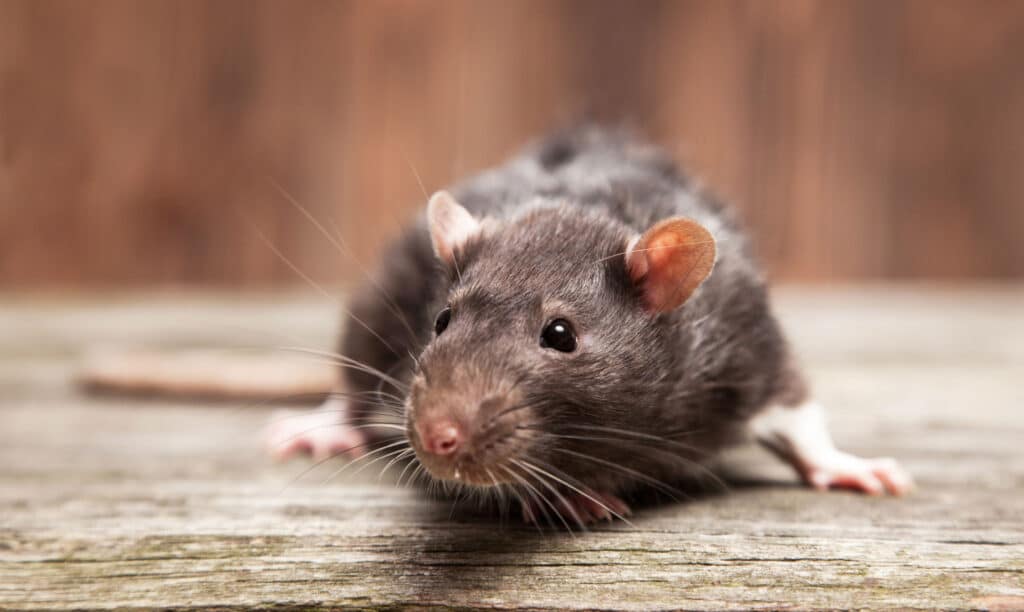
Conclusion
Rats, often considered common and unremarkable creatures, surprise us with their wide range of colors and patterns, each serving a specific purpose in their respective environments. We have the various factors that contribute to the coloration of rats, beginning with the two most common species the brown rat and the black rat. These two species have adapted their fur colors to suit their distinct habitats, showcasing the remarkable ability of rats to thrive in both urban and tropical environments. Beyond these well-known species, we have uncovered a spectrum of colors and patterns among other rat species and subspecies, from the striking white of the Himalayan rat to the sandy tones of the African giant pouched rat.
These variations are a testament to the evolutionary processes that have shaped these rodents over time. Genetic mutations have also played a significant role in the color diversity of rats. Mutations can result in albino rats with white fur and pink eyes, agouti rats with banded fur, and even hairless rats, showcasing the wide array of possibilities within the rats rodents kingdom. This adaptability is one of the reasons rats have become such successful and widespread creatures, able to thrive in a multitude of environments. The study of rat colors is not only a testament to the beauty and complexity of the natural world but also a reminder of the interconnectedness of all living creatures.
Rats, with their diverse colors, are a testament to the power of evolution, genetics, and environmental factors in shaping the animal kingdom. So, the next time you encounter a rat, whether it’s in a bustling city or a remote forest, take a moment to appreciate the fascinating world of rat colors. It is a world where each hue and pattern tells a unique story of survival, adaptation, and the enduring wonders of nature. The humble rat, with its ever-changing coat of colors, continues to remind us of the mysteries that await our exploration in the natural world.

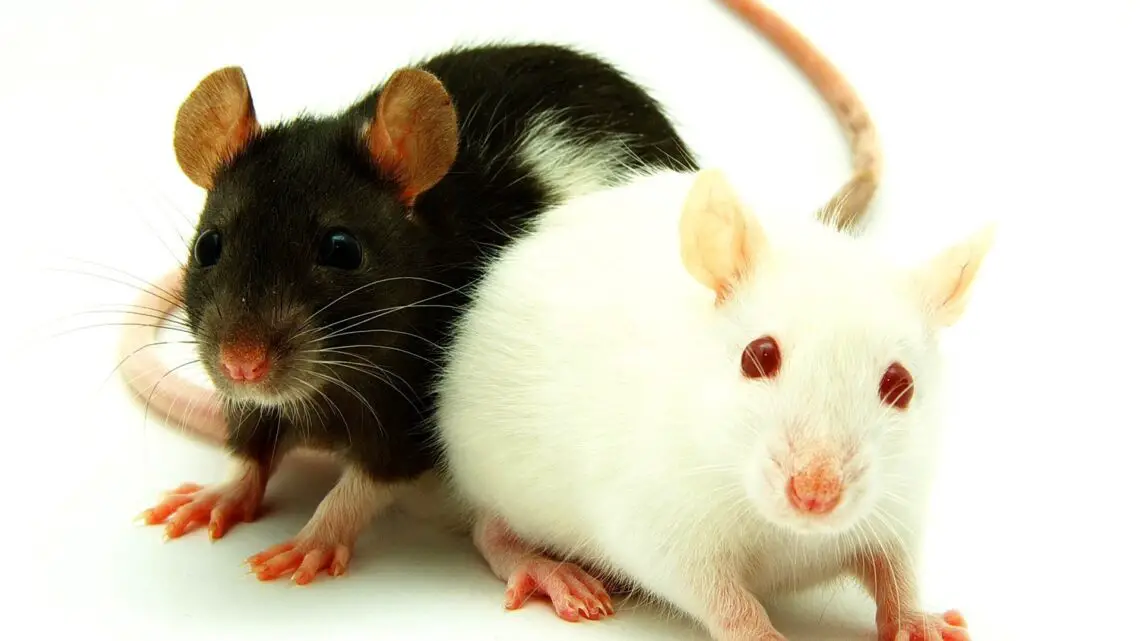
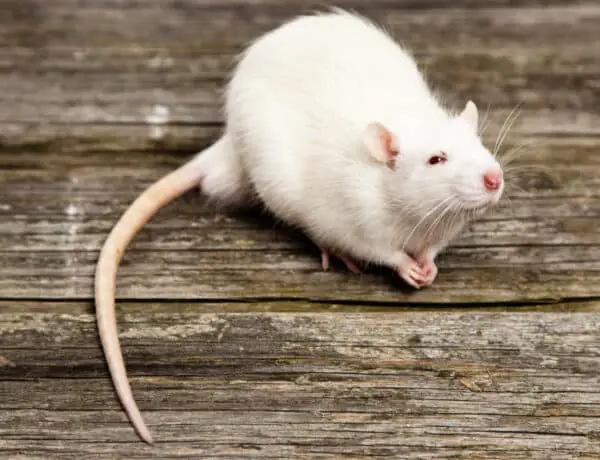
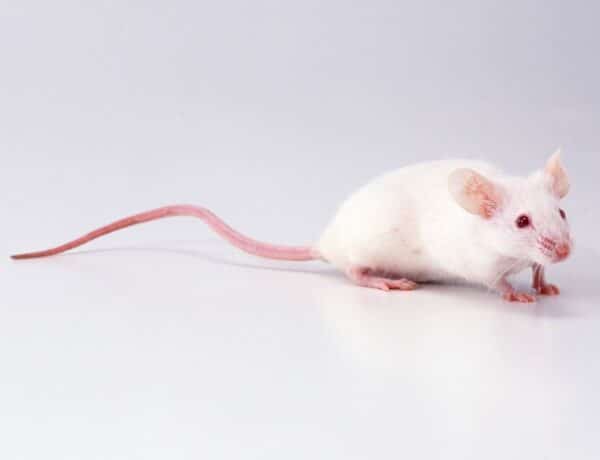

No Comments